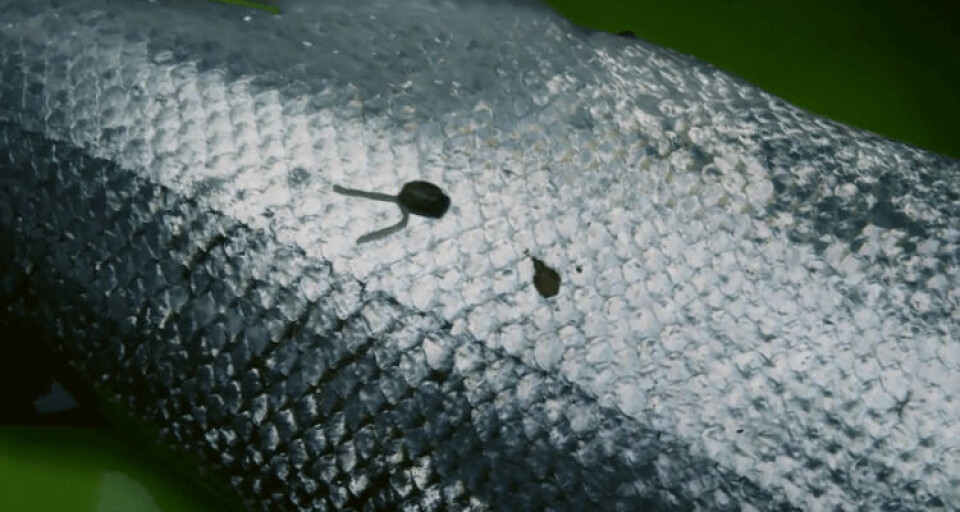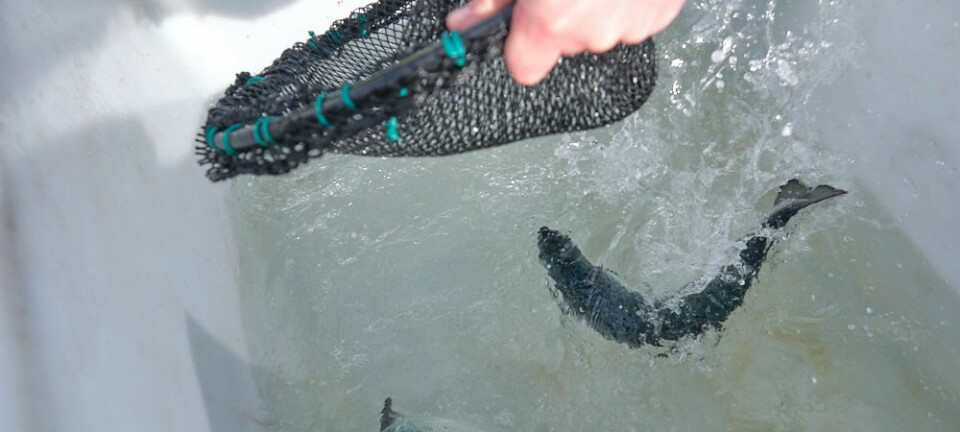
Peroxide use goes through the roof
Data obtained from the Scottish Environment Protection Agency (SEPA) reveal the use of hydrogen peroxide used in sea louse treatments in Scotland increased by 10 times in the course of a decade.
The data, which were obtained by the Global Alliance Against Industrial Aquaculture (GAAIA), show that levels of H2O2 used by Scottish salmon producers rose from 19,200 litres in 2005 to 19.6 million litres in 2015.
The use of the chemical has exploded since 2009, when none was used, rising to 2.4 million litres in 2012, 6.8 million litres in 2013 and 9.1 million litres in 2014.
According to the GAAIA, in 2015, a total of 162 salmon farms reported the use of hydrogen peroxide, with Marine Harvest using at 8.4 million litres, the Scottish Salmon Company 4 million litres and Grieg Seafood 3.1 million litres.
"The Scottish salmon farming industry's use of toxic chemicals is exploding due to sea lice resistance," said Don Staniford, Director of GAAIA.
"Resistance towards delousing agents including hydrogen peroxide is becoming a problem for salmon lice control..In an attempt to combat resistant salmon lice, hydrogen peroxide (H2O2) has become increasingly used in salmon lice bath treatments. Resistance towards H2O2 has however also been detected in both Scottish and Norwegian salmon lice," he added.























































